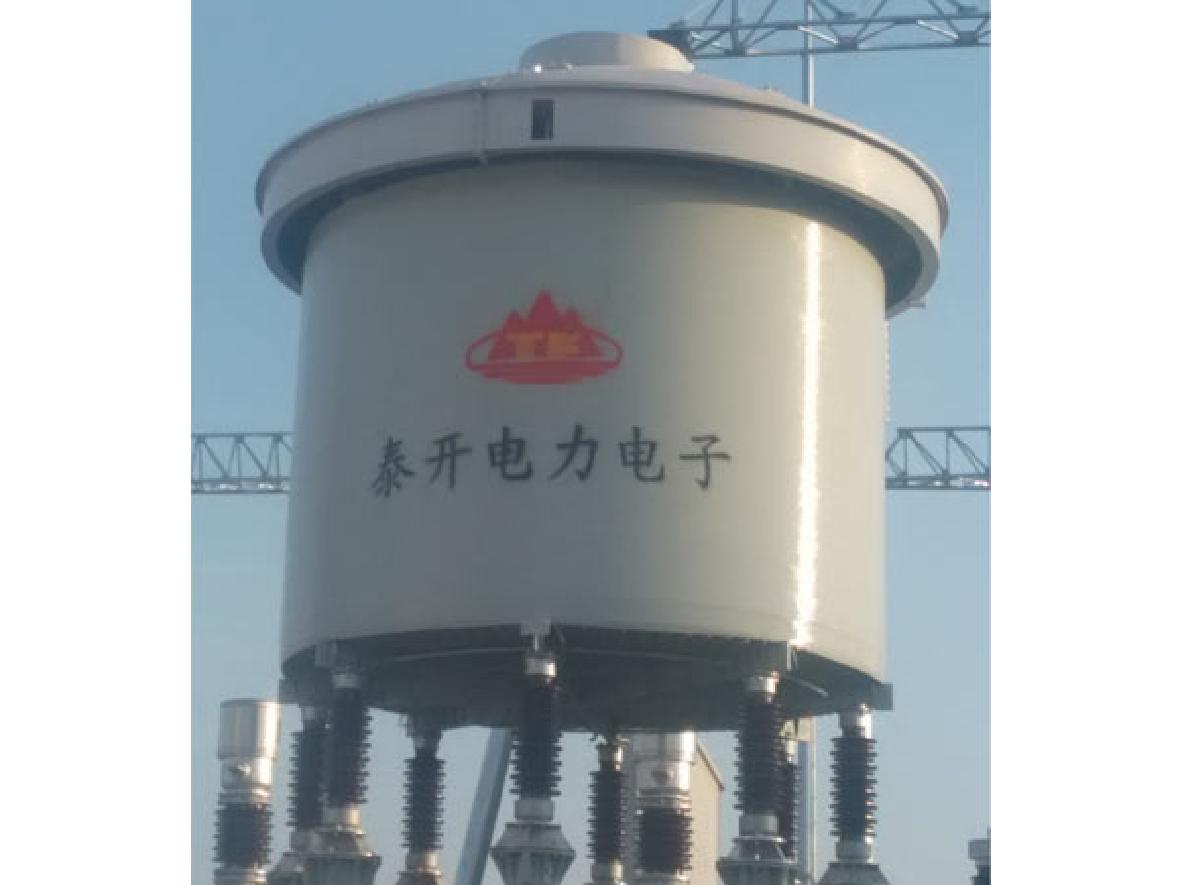Dry air-core shunt reactor
Product introduction
The shunt reactor is connected to the tertiary coil of transformer in ultra-high voltage long-distance transmission system. It is used to compensate the capacitive charging current of the line and limit the system voltage rise and operating overvoltage, so as to reduce the system insulation level and ensure the reliable operation of the line.
Operating environment
1) Operating environment: indoor and outdoor;
2) Ambient temperature: -40℃~+45℃ (or according to user requirements);
3) Altitude: ≤1000m (or according to user requirements);
4) Installation and operation site: There should be no severe vibration or turbulence, and the site should be able to withstand earthquakes with an earthquake intensity of 8 degrees without being damaged;
5) Installation location: There should be no harmful gas, steam, conductive or explosive dust around;
6) Pay attention to ventilation and heat dissipation when using indoors;
7) Maximum wind speed: no more than 35m/s;
8) Relative humidity: the monthly average relative humidity should not exceed 90%, while the daily average relative humidity should not exceed 95%;
Note: for special requirements, please contact our company, and we will wholeheartedly meet your requirements.
Product features
1) The dry-type air core reactor adopts multi-layer parallel winding and dry-type air core structure. The axial electrical stress of the coil is zero, and the voltage distribution along the height of the coil is uniform under a stable working voltage.
2) Each winding of the reactor is made of small cross-section insulated wires wound in parallel, which effectively reduces the eddy current loss in the wires under harmonics.
3) The reactor as a whole is encapsulated by epoxy glass fiber and cured at high temperature, which has high mechanical strength, strong short-circuit impact resistance and low noise.
4) Polyester glass fiber pull-out rod is used between reactor coil layers as axial heat dissipation airway, which has excellent heat dissipation performance.
5) The lead-out ends of each layer of winding are welded to the upper and lower aluminum alloy star brackets, and there are no fasteners on the mechanical structure, which improves operational reliability and anti-fouling.
6) The reactor is cooled by natural air convection; the outer surface is sprayed with anti-aging, anti-ultraviolet and weather-resistant silicon organic paint and anti-pollution flashover RTV paint.
7) The special sealing process of reactor can effectively prevent rainwater and moisture from penetrating into the electric seal and damaging the insulation.
8) The reactor adopts special epoxy resin formula, which improves the bending, tensile and other mechanical properties by more than 30% compared with the conventional formula, so that the reactor can operate stably under extremely cold conditions without cracking.
9) When calculating the temperature rise of the reactor, the maximum temperature of the hot spot is considered and a considerable margin is reserved, so as to ensure the long-term safe operation of the reactor.
10) The whole reactor adopts a simple and compact structure, which can run in outdoor weather conditions for a long time, and it is also very easy for maintenance.
11) Dry-type air-core reactors have the advantages of low loss, high strength, low noise, convenient installation, simple maintenance, etc., with a design life of up to 30 years.
Application field
The products are widely used in power system, chemical industry, metallurgy, coal mine, electrified railway and other special fields.




